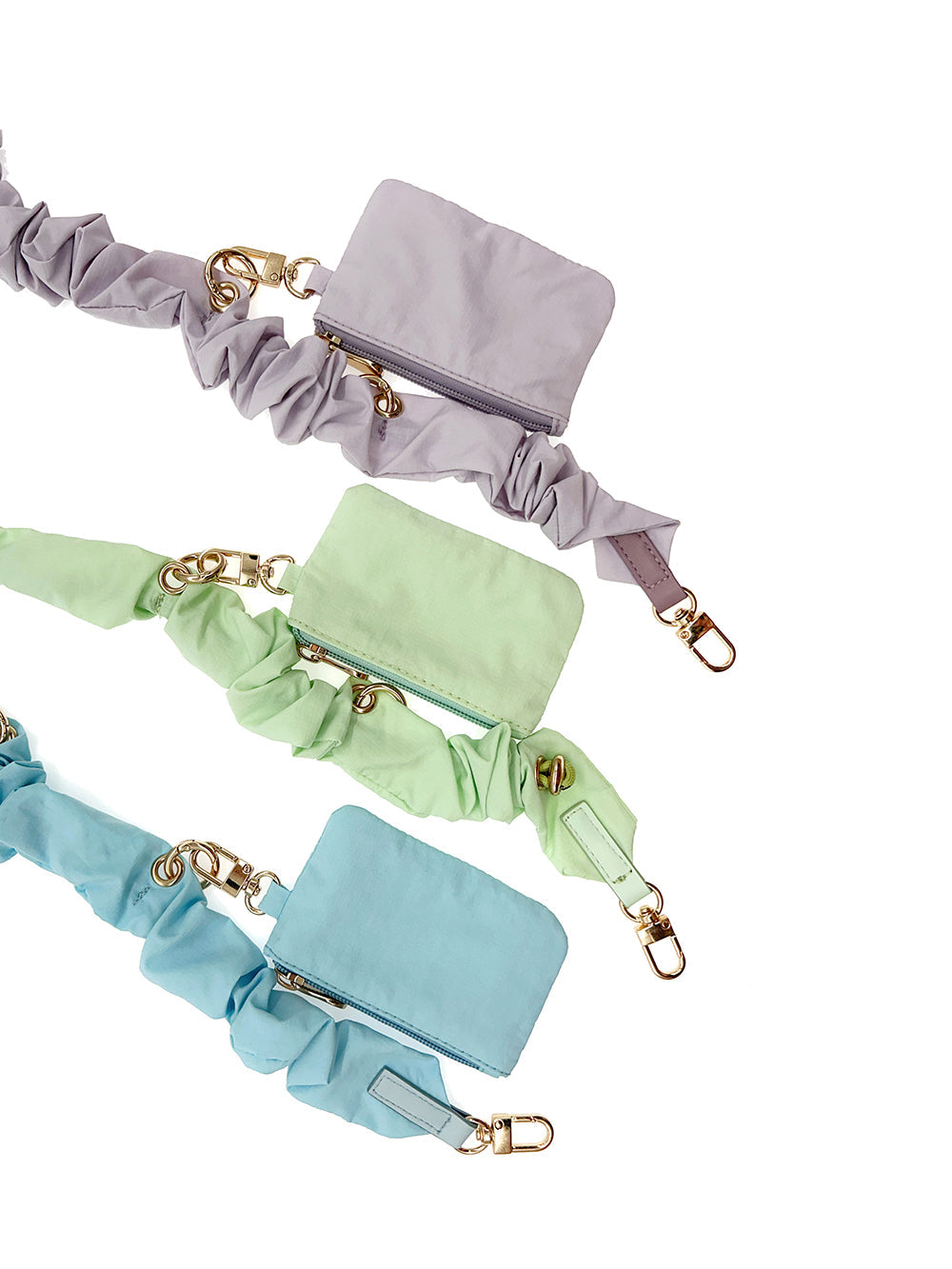
Vegan Leather Alternatives: PU, PVC, and More Explained
Share
In a world where conscious consumerism is rapidly gaining momentum, vegan leather has emerged as a popular alternative to traditional animal-derived materials. This shift not only caters to the growing number of people concerned with animal welfare, but also appeals to those interested in sustainable and cruelty-free fashion. But what exactly is vegan leather, and how do materials like PU, PVC, and newer plant-based options compare?
One of the most widely used vegan leathers is PU leather, or polyurethane leather. It’s a synthetic material made by applying a polyurethane coating to a base fabric, typically polyester or cotton. PU leather mimics the texture and appearance of genuine leather, often at a lower cost and with less environmental impact than traditional tanning methods. While not biodegradable, PU leather is generally considered a more eco-conscious choice than some of its synthetic counterparts, especially when produced using water-based or solvent-free processes.
Another common synthetic option is PVC leather, made from polyvinyl chloride. While it shares similarities with PU in look and feel, PVC has a reputation for being less environmentally friendly due to its reliance on toxic chemicals during manufacturing. It is, however, highly durable and water-resistant, making it useful in specific applications such as upholstery and outerwear. That said, its environmental impact and lower breathability often make PU a preferred option for fashion-forward vegan leather products.
Beyond synthetics, innovative plant-based leathers are making waves in the vegan materials scene. These include leathers made from pineapple leaves (Piñatex), apple peels, mushrooms (mycelium), and cactus leather, all of which are biodegradable and often sourced from agricultural waste. These options not only offer a lower carbon footprint but also provide new textures and aesthetics for designers to experiment with. While they’re still emerging in terms of commercial scalability and cost, they represent a promising future for truly sustainable and ethical fashion.





